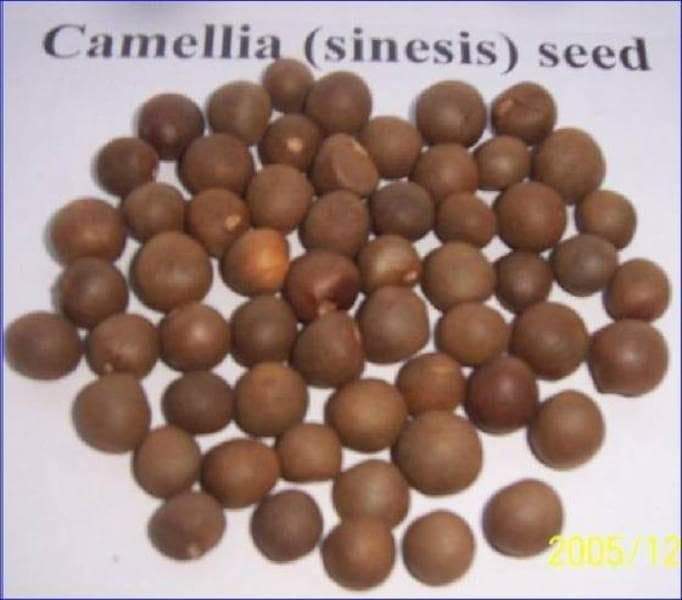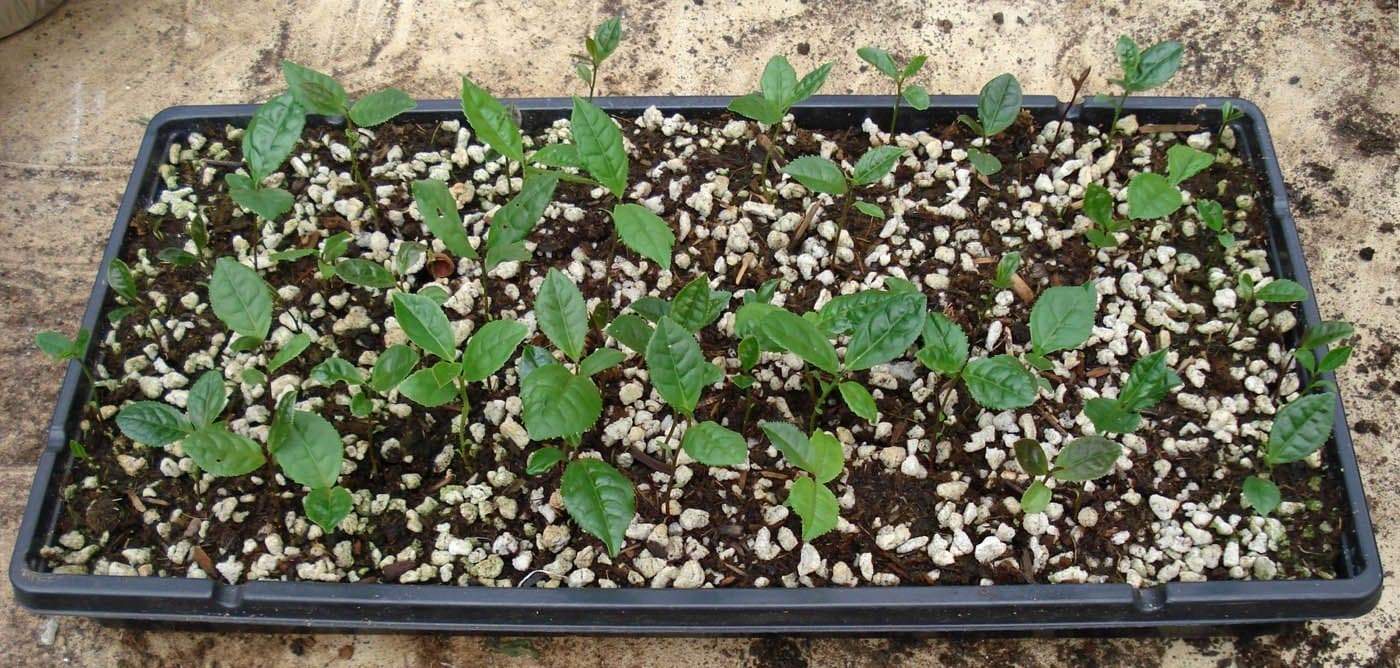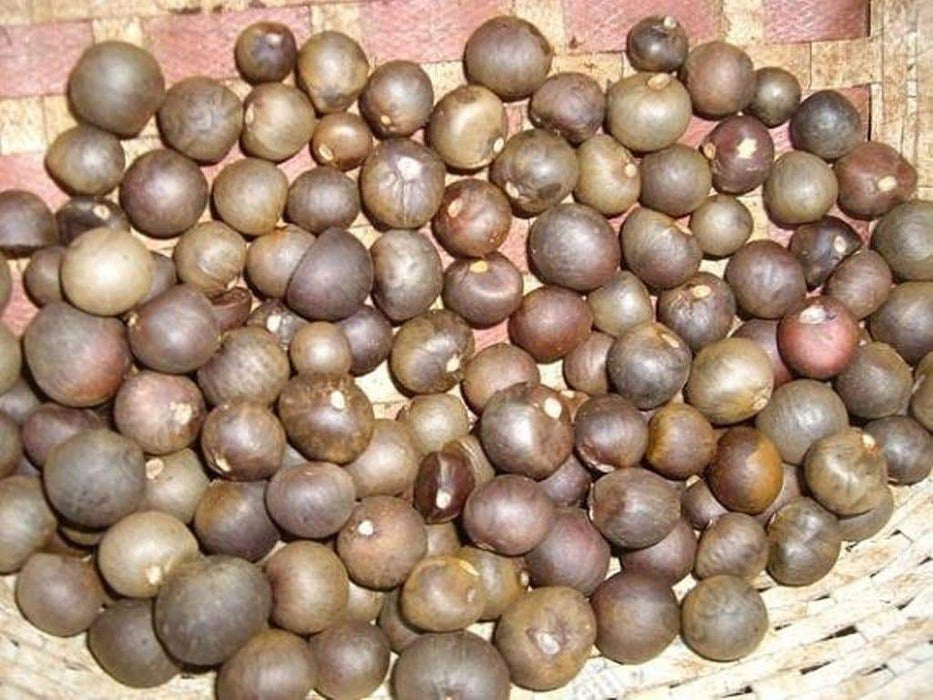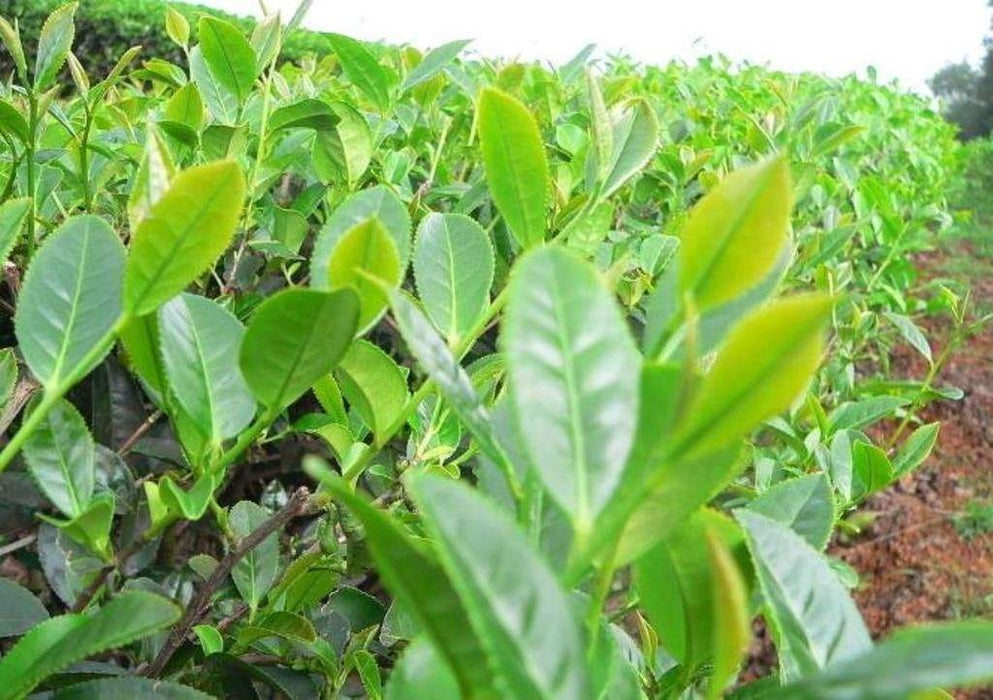
Green Tea Plant Seeds
Most orders are processed by the next day
Select your desired size and/or color from the available options.
- Green Tea Plant Seeds - Camellia Sinensis- PERENNIAL 8-10
- ( Camellia sinensis) aka Tea Plant, Perennial SHRUB
These make attractive hedges. If you are growing for several people, a hedge is a great way to grow your plants. They do well in containers too, so if you live in colder areas, just bring the plants indoors for a few months. In fall and winter, you'll have the added bonus of small white flowers that will perfume the area with their delicious fragrance!
TEA PLANT SEEDS
Camellia sinensis, also known as Tea Plant, Tea Tree and Tea Shrub is the species of plant whose leaves and leaf buds are used to produce Chinese Tea. The leaves of this plant have been used as far back as 2700 B.C. Older names for this plant include Thea bohea, Thea sinensis and Thea viridis.Camellia sinensis is native to mainland China South and Southeast Asia. Today, it is cultivated across the world in tropical and subtropical regions. The popular Tee Plant is an evergreen shrub or small tree that is usually trimmed to below six feet when cultivated for its leaves. It has a strong taproot. The flowers are yellow-white with 7 to 8 delicate petals.
. The young leaves are fermented, semi-fermented or used green to make tea.
Kukicha or twig tea is also harvested from Camellia sinensis, but uses twigs and stems rather than leaves.
Studies have shown green tea to be a beneficial health aid with its anticancer and antioxidant effects. Tea leaves are high in fluoride and are reported to even help prevent tooth decay.
Growing
- Place the tea plant seeds in a deep bowl. Boil water in a pan, then remove it from the heat. Pour the just-boiled water over the tea plant seeds. Soak them for 24 hours to soften the outer hull.
- Spread the soaked tea plant seeds on a dish towel in a sunny area. Mist the seeds with water every few hours so they never fully dry out. Inspect the seeds in a day or two. Collect those with a crack in the hull and sow them immediately.
- Sow the tea plant seeds in individual 4-inch greenhouse pots filled with a mix of one-half potting soil and one-half perlite or vermiculite. Sow the seeds at a depth of 1 inch. Make sure the pale spot, or eye, on the end of the seed is positioned horizontally.
- Set the potted tea plant seeds inside a shaded cold frame on a germination mat. Set the temperature on the germination mat to between 70 and 75 degrees Fahrenheit. Do not lower the temperature at night. Drape a sheet of plastic wrap over the pots to hold the warmth around the seeds.
- Keep the growing medium moderately moist. Allow the top 1/2 inch to dry out before adding more water to prevent rot. Add water until it begins to trickle from the base of the pot.
- Look for signs of germination in one to two months. Remove the plastic wrap after sprouts emerge, but keep the germination mat in place for another two weeks to encourage fast growth.
- Transplant the tea plant seedlings into 8-inch pots filled with potting soil once they produce two sets of mature leaves, or four leaves total. Move the pots to a sheltered area under very light shade with morning and late afternoon sun.
- Grow the tea plants under light shade for two to three months, or once they grow to 1 foot in height. Provide an inch of water weekly. Acclimate the shrubs to direct sun over the course of seven to 10 days in early autumn.
- Transplant the tea plants into a permanent bed with acidic, consistently moist soil in the fall after the first rain. Space them at least 15 feet apart. Provide light shade during the shrub's first summer in the ground to prevent stress.
LET OUR CUSTOMER SPEAK FOR US

![[Seeds] - Caribbeangardenseed](http://caribbeangardenseed.com/cdn/shop/files/gift-card-gift-card-1_1024x1024_dfa857db-9150-4315-a362-7f0bb3fb9c47_60x28.png?v=1703978838)


